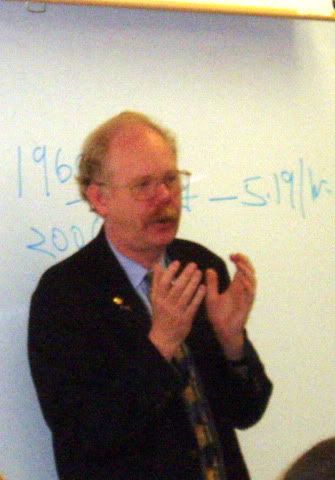In the 1948 presidential campaign in the US, Republican nominee Thomas Dewey said: "The highest purpose to which we could dedicate ourselves is to rediscover the everlasting variety among us." Source: David E. Johnson and Johnny R. Johnson, A Funny Thing Happened on the Way to the White House: Foolhardiness, Folly and Fraud in Presidential Elections, from Andrew Jackson to George W. Bush (New York: Barnes & Noble, 2007), p. 109
Dewey was criticized for the banality of this statement. But was it more banal than the jargon of the modern Diversity movement?
Here is Kodak: “The more diverse the points of view, the broader the vision.” Source: DiversityInc. May 2006, p. 57
Here is Staples:
“Diversity is in our soul.” Source: Diversityinc. June 2006, p. 83
Here is the University of Nebraska:
“Diversity is the multiplicity of people, cultures and ideas that contribute to the richness and variety of life. Diversity broadly encompasses the mixture of similarities and differences along several dimensions: race, national origin, ability, religion, sexual orientation, age and gender. It includes values, cultures, concepts, learning styles and perceptions that individuals possess. By its very nature, diversity fosters inclusiveness, encourages the exchange of new ideas, improves decision-making, and broadens the scope of problem-solving.” (The Strategic Plan for Diversity At The University of Nebraska-Lincoln 2006-2011)
This is jargon and jargon typically deludes people into thinking they are saying something meaningful.
We will next go to another example of jargon. Then we will look at how this leads to stereotyping.
Sunday, October 21, 2007
Subscribe to:
Post Comments (Atom)

No comments:
Post a Comment